How to Identify High-Quality Coffee Beans
When identifying top-quality coffee beans, your senses are your greatest asset. Begin by examining the beans' appearance: they should be a uniform size and color, without any discolorations or chips, signifying consistency and quality. Smelling the beans reveals a lot as well—fresh coffee beans will exude a strong, rich aroma, unlike stale ones that might emit a flat or musty scent. Different coffee bean types provide unique characteristics, so it's beneficial to discern these traits enabled by proper coffee brewing methods. Freshness is key, so check for roast dates over expiry dates, as freshly roasted beans promise a superior flavor profile.
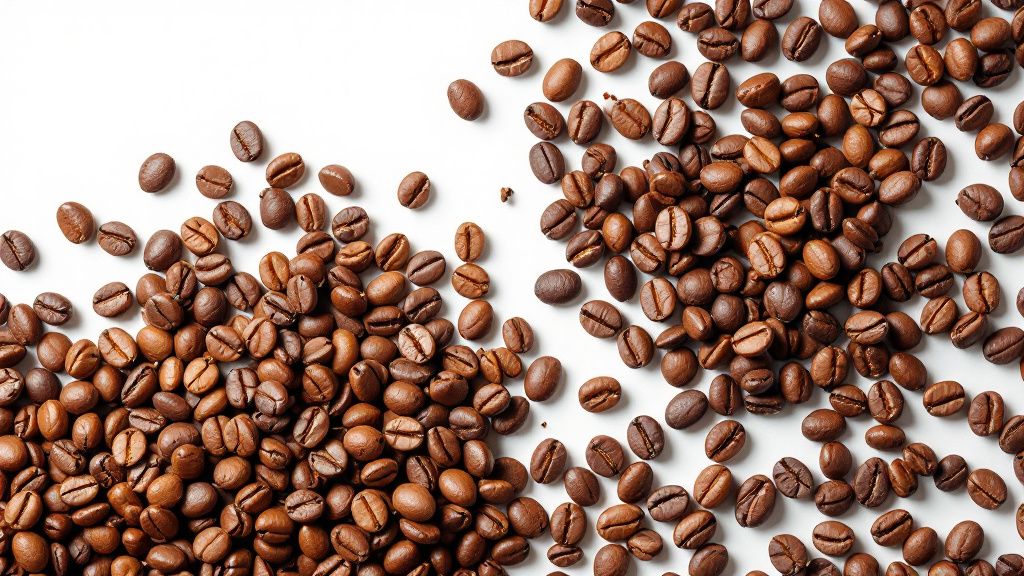
The Importance of Freshness
Freshness plays a pivotal role in the quality of your coffee experience, influencing both flavor and aroma. Fresh coffee beans retain their natural oils and complex flavors, which can dissipate over time. Once roasted, beans begin to release carbon dioxide, a process known as degassing, which is indicative of freshness. This means the window for optimal flavor is narrow, making it imperative to use beans soon after their roasting date.
When you explore different coffee bean types, freshness becomes even more crucial. Each variety, from Arabica to Robusta, has distinct flavor notes that are best appreciated when the beans are at their freshest. Stale beans can lead to a sour or flat brew, as the essential compounds have degraded, affecting the overall coffee experience.
Adopting effective coffee brewing methods can maximize freshness. Grind your reserved beans just before brewing to lock in their vibrant flavors. Using freshly boiled water helps to draw out the essential oils and fragrances that define high-quality coffee. These techniques can transform an average cup into a delightful experience.
In the coming years, the focus on freshness is likely to grow, as consumers become more educated about the profound impact it has on coffee quality. You can expect a greater emphasis on sourcing and roasting beans faster to maintain peak freshness, offering a superior coffee encounter.
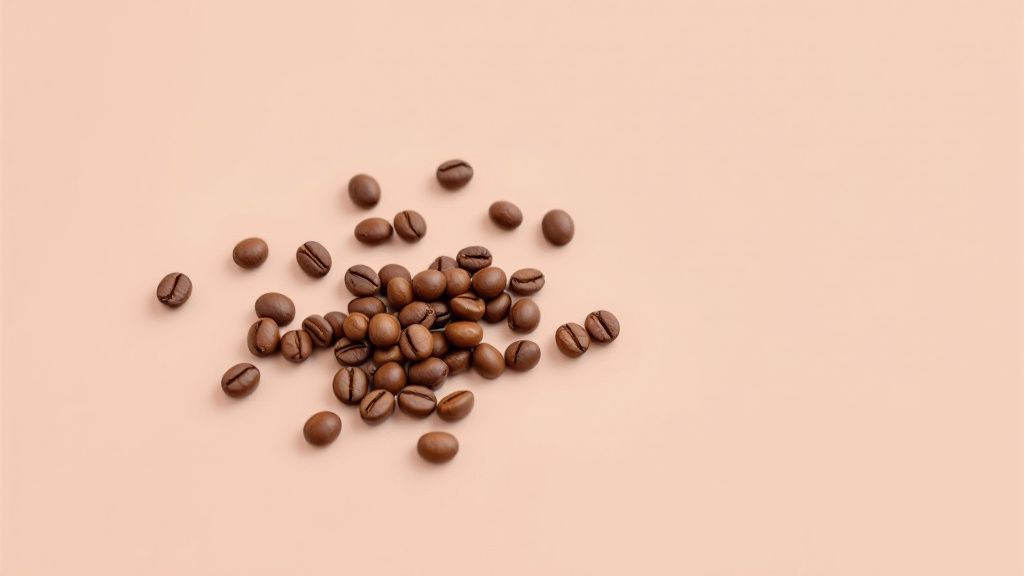
Visual Cues for Quality Coffee Beans
Identifying quality coffee beans begins with examining their appearance. Uniformity in size and shape among beans indicates consistent sorting and roasting, which is critical for an even brew. Glossy, undamaged beans with a noticeable sheen are typically fresh, as their natural oils are still present. This surface indicates not only freshness but also assures that you're likely to get a flavorful and aromatic cup.
Color plays a vital role in assessing the quality of coffee beans. High-quality beans should have a consistent shade, depending on their roast level. Light to medium roasts typically appear slightly less shiny, while darker roasts have a glossy finish due to the oil released during roasting. Variations in color can indicate improper roasting or staleness, which affects flavor negatively.
Some may overlook defects in coffee beans, but these are crucial visual cues for quality. Beans with chips, cracks, or discolorations are not ideal, as these imperfections can result from poor handling or aging. When you encounter these, it suggests the beans may not yield the desired taste profile you seek.
This may be an unpopular opinion, but the highest quality coffee beans might not necessarily be the most expensive. Price often reflects rarity and branding rather than inherent quality. Therefore, relying solely on visual cues, alongside your knowledge of coffee brewing methods, can often be a more reliable indicator of a good brew than price alone.
Of course, inspecting fresh coffee beans isn’t a standalone process. You should incorporate smell and taste evaluations to fully ascertain a coffee's quality. The most aromatic beans complement their visual textures with a rich, inviting scent, building anticipation for the brewing process. When you ally these sensory assessments, you prepare yourself to enjoy high-quality coffee consistently.
Aroma and Flavor Profiles
Aroma and flavor profiles are fundamental in distinguishing high-quality coffee beans. A strong, rich aroma indicates freshness, while a flat or musty scent points to staleness. Each coffee bean type contributes unique nuances to these profiles. For instance, Arabica beans often offer fruity or floral notes, whereas Robusta might present a more intense, earthy aroma. These sensory experiences enhance your enjoyment and guide you in selecting beans suited to your preferred coffee brewing methods.
One challenge in differentiating aroma and flavor profiles is the overwhelming variety available. With so many choices, you might find it difficult to pinpoint specific qualities that match your taste preferences. This problem can be addressed by experimenting with different fresh coffee beans and brewing techniques, learning to discern subtleties over time. By adjusting variables like grind size and water temperature, you can better reveal and appreciate the depth within each bean's profile.
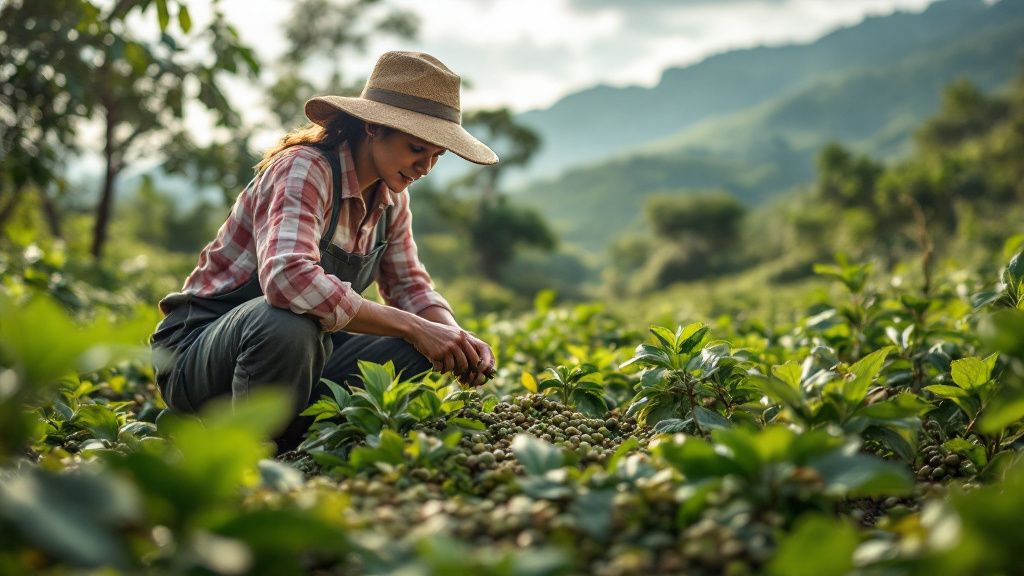
Ethical Sourcing and Quality Assurance
Ethical sourcing is a key aspect of identifying high-quality coffee beans, where you consider not just flavor but also the impact of your coffee choices. Sourcing beans from farms that engage in fair trade practices ensures that farmers receive equitable pay, and environmental standards are upheld. This ethical approach often results in beans that are cultivated with care, ultimately affecting the quality and taste of the coffee.
On one hand, some consumers view ethical sourcing as an essential responsibility, believing it directly contributes to quality assurance and helps sustain farming communities globally. They argue that paying a premium for responsibly sourced beans can ensure superior quality and taste. On the other hand, others contend that high quality doesn’t always correlate with ethical sourcing, positing that exceptional flavors can be achieved without these certifications.
Quality assurance further enhances your coffee experience by ensuring that the beans meet certain standards from farm to cup. This involves rigorous testing for defects, consistency, and freshness. When you choose beans from ethical and quality-focused sources, you are more likely to enjoy a brew that reflects transparency and dedication in every sip.
Opting for coffee beans that are both ethically sourced and quality-assured allows you to enjoy fresh coffee beans while supporting sustainable practices. This combination not only enhances your experience but also contributes positively to the global coffee industry's environmental and social landscape.
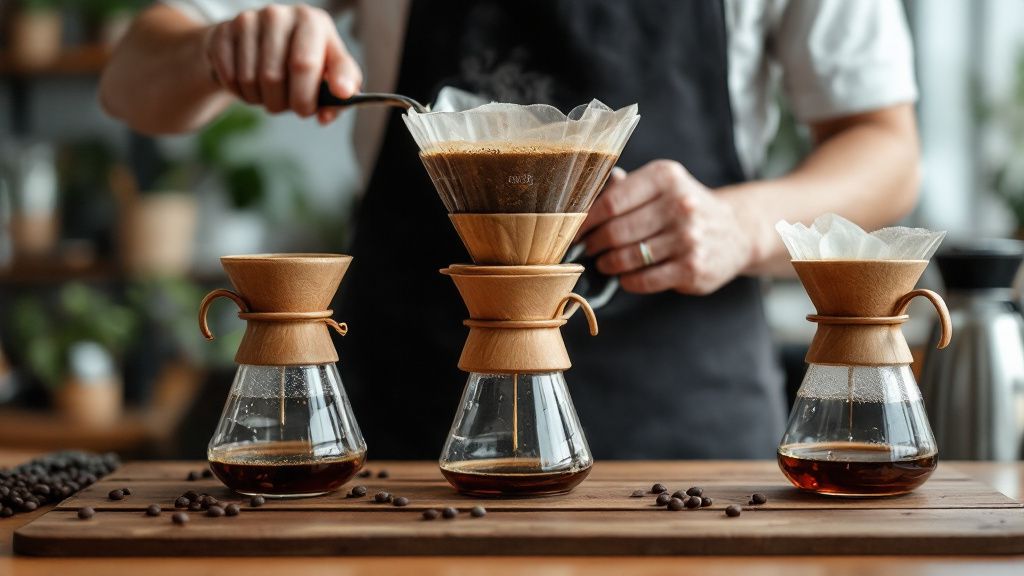
Brewing Techniques for Quality Extraction
Brewing techniques significantly influence the extraction of flavor from high-quality coffee beans. The choice of method, from French press to espresso, affects how flavor compounds are extracted. Each coffee bean type interacts uniquely with different techniques, making it crucial to select a method that enhances the bean's inherent qualities. Recognizing these subtleties can elevate your coffee experience.
While many believe that using expensive, complex equipment ensures superior extraction, there's a strong case for mastering simple techniques. A well-executed pour-over or a perfectly timed French press can produce a cup as exquisite as any machine-made espresso. This counterargument emphasizes skill and understanding over reliance on costlier technology.
Achieving quality extraction also hinges on fresh coffee beans and correct grind size. Coarser grinds are suited for longer brewing methods like French presses, while finer grinds work efficiently for quick extractions like espresso. Matching the grind to your chosen method is vital for unlocking a bean's full potential and achieving a balanced, flavorful cup.
Adjusting water temperature and brewing time are additional factors in optimizing extraction. Slightly cooler water can highlight bright, acidic notes in lighter roasts, while hotter water might bring out richer flavors in darker roasts. By incorporating these elements into your routine, you maximize the flavors inherent in your selection of coffee beans, creating a truly enjoyable experience.
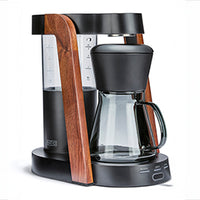 Ratio Eight S2
Ratio Eight S2
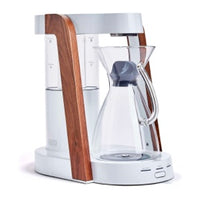 Ratio Eight Original
Ratio Eight Original
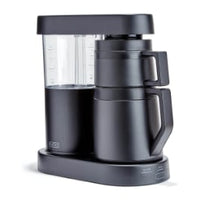 Ratio Six
Ratio Six
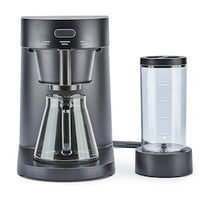 Ratio Four
Ratio Four
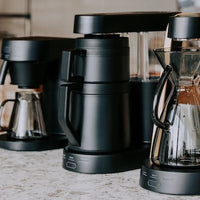 Compare Machines
Compare Machines






